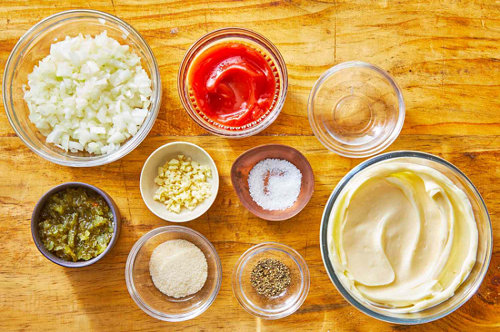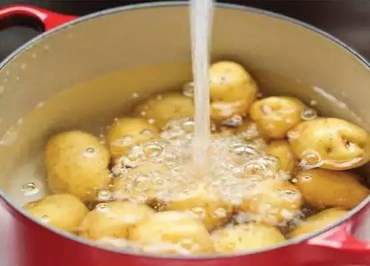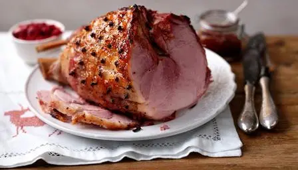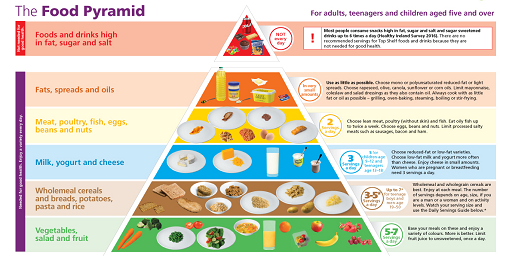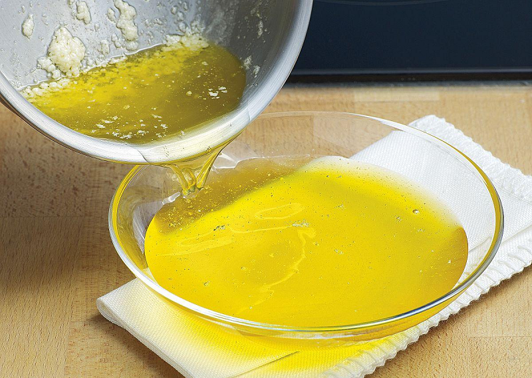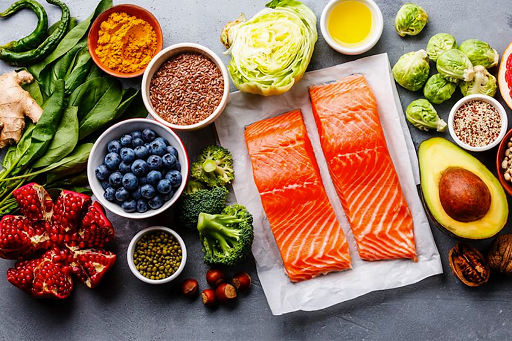Brown butter, also known as beurre noisette, is a simple yet elegant cooking technique that can elevate the flavor of both sweet and savory dishes. The process of browning butter involves heating it until the milk solids caramelize, resulting in a nutty aroma and rich, complex flavor. Whether you’re a seasoned chef or a novice in the kitchen, mastering the art of browning butter can open up a world of culinary possibilities. In this guide, we will walk you through the step-by-step process of browning butter, so you can confidently incorporate this delicious ingredient into your cooking repertoire.
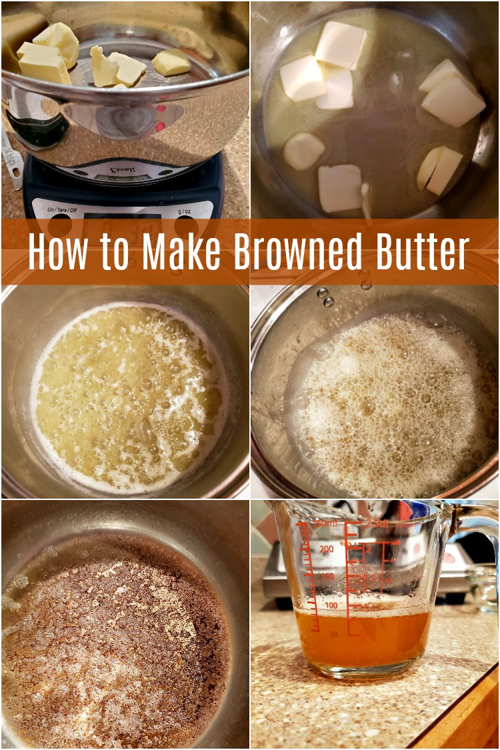
Step 1: Choose the Right Butter
The first step in browning butter is selecting the right type of butter. While you can technically use any unsalted butter for this process, it’s best to choose a high-quality butter with a higher fat content. European-style butters, which contain slightly more butterfat than standard American butters, are particularly well-suited for browning. Look for butter that is fresh and has a rich, creamy texture, as this will yield the best results.
Step 2: Prepare Your Equipment
Before you begin browning the butter, gather all the necessary equipment. You will need a heavy-bottomed saucepan or skillet, a heatproof spatula or wooden spoon, and a fine-mesh sieve or cheesecloth for straining the butter. It’s important to use a light-colored pan so that you can easily monitor the color of the butter as it browns. Additionally, have a heatproof bowl or container ready to transfer the browned butter once it’s done.
Step 3: Melt the Butter
Place the unsalted butter in the saucepan or skillet and set it over medium heat. As the butter melts, it will begin to separate into three distinct layers: foam on top, clear golden liquid in the middle, and milk solids at the bottom. Use the spatula or spoon to gently stir the butter occasionally to ensure even melting and to prevent the milk solids from sticking to the bottom of the pan.
Step 4: Watch for Foam and Color Changes
As the butter continues to heat, it will start to bubble and foam on the surface. This is caused by the water content in the butter evaporating. Keep a close eye on the color of the butter as it melts and foams. The milk solids will gradually begin to brown, emitting a nutty aroma and developing a rich, golden color. Swirl the pan gently to ensure that the butter browns evenly and doesn’t burn.
Step 5: Remove from Heat
Once the butter has turned a deep golden brown and has a nutty fragrance, immediately remove the pan from the heat. The residual heat in the pan will continue to cook the butter, so it’s important to act quickly to prevent it from burning. Be cautious not to overcook the butter, as it can quickly transition from golden brown to burnt if left unattended.
Step 6: Strain the Butter
To ensure that your browned butter is smooth and free of any burnt bits, pour it through a fine-mesh sieve or cheesecloth into a heatproof bowl or container. This will remove any remaining milk solids and leave you with pure, flavorful browned butter. Allow the butter to cool slightly before using it in your desired recipe.
Step 7: Utilize Browned Butter in Your Cooking
Now that you’ve successfully browned your butter, it’s time to put it to use! Browned butter adds depth and richness to a wide variety of dishes, from pastries and cookies to pasta, vegetables, and sauces. Use it as a finishing touch for roasted vegetables, drizzle it over freshly popped popcorn, or incorporate it into cake batters and cookie dough for an extra layer of flavor. The possibilities are endless when it comes to incorporating browned butter into your cooking.
Browning butter is a simple yet impactful technique that can take your culinary creations to new heights. By following these step-by-step instructions, you can master the art of browning butter and unlock a world of delicious possibilities in the kitchen. Whether you’re looking to add depth to your baked goods or enhance the flavor of savory dishes, browned butter is sure to become a staple in your cooking repertoire. So go ahead, grab some high-quality unsalted butter and start browning – your taste buds will thank you!
